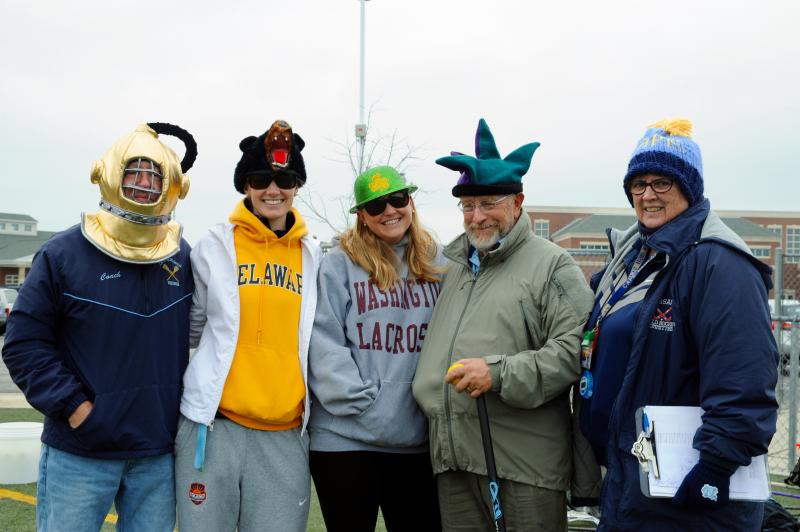Articulation of academics and athletics is tricky business
Grandma’s house - “I stay with my Grandma.” Looking back at a history of forfeited high school games, at least half involve erroneous residences where an athlete went to live with a grandma who had already died three times, or granny didn’t know the precious child was now living upstairs in her sewing room. And then there’s the minimum actual credits passed rule, where some athletes in uniform are actually below the academic waterline, but it got past the guidance office like a Koufax curveball. We all read that Middletown has to forfeit six football games, but in reality whoever they beat in those six games “gonna stay beat” whether granted, accepting a forfeit or not. The only forfeits that matter are the sudden-impact types, like the game you win to advance but are later told, “Sorry, you should have checked marking period grades,” but the team you beat will now move forward to the state title game and become an asterisk as the only team to lose twice in a single-elimination tournament. But at least they didn’t break any rules (yes, it happened in field hockey).
Back in the day - The first half of my Cape coaching career, an athlete just needed to pass three credits (actually classes) to be eligible for sports. Those included drivers ed and gym, which sounds easy unless you're dealing with high-performance athletes who suffer from self-sabotage syndrome. Sussex County hard-headed muppets of the Great Atlantic Basin will break your heart. I found myself one afternoon down at the gym talking with coaches Ralph Baird (basketball) and Jim Alderman (football). One of my prime performers was down to gym class (excuse me, phys. ed.) as his last chance to get credit number three. This young man was a slippery scammer, but he was a bottom feeder in a demerit system with the rest of the Cape carps who didn't dress for gym and often skipped out early. My fellow coaches said, “If he were one of our athletes, he wouldn’t pass, but you tell us what to do and we’ll do it.” It was back on me and my own value system. I didn’t hesitate, “Pass him. I'll deal with who I have become later while basking in the refracted light of victory.”
One and done - Not to venture into the academic wasteland or teenage wasteland, but the 2006 NBA collective bargaining agreement created the one-and-done culture in college basketball. It has been determined that the presence of one-and-done players is not enough to guarantee success in the NCAA tournament. And the greater percentage of the “I’m done” freshmen are, in fact, “well done,” like grandma’s rump roast, as there’s no roster spot on an NBA team or in a college classroom. Tying academics to athletics is always tricky business, from high school through to elite colleges. The standards shift for athletes; ask any admissions counselor about Proposition 48 that began in 1986 and was dumbed down in 2016. A GPA average score in 10 core courses as it correlates with a minimum SAT score on a sliding scale will injure you on a wet tile floor.
Upside of down - More spring sports thus more examples of running clocks and mercy rule-shortened games. The unwritten rules of sportsmanship come into play, and there are obviously some teams that don't belong on the field at the same time. Let’s face it, social media offers a platform for excessive bragging and “proud momma moments,” but being on the downside of a beatdown just ain’t no place to be. A way to stop it is not to start it in the first place. That’s what DIAA did with the establishment of the three-tier football system. Just ask Cape how that worked out. Circle back to Middletown ... it worked out fine.
Snippets - The Easter Bunny and a spring chicken walk into a salad bar and load up on croutons. Easter is late this year – April 17 – or as most schools call it, spring break. But on the sports schedule, it is no longer a vacation break because games are scheduled and athletes who still go on family vacations accept any playing time penalties. The cheaper the gloves, the greater the tactile sensitivity when taking sports action shots. There are Sports Illustrated photographers and Ace Hardware glove guys like me. The pain is in the game. Go on now, git!




















































